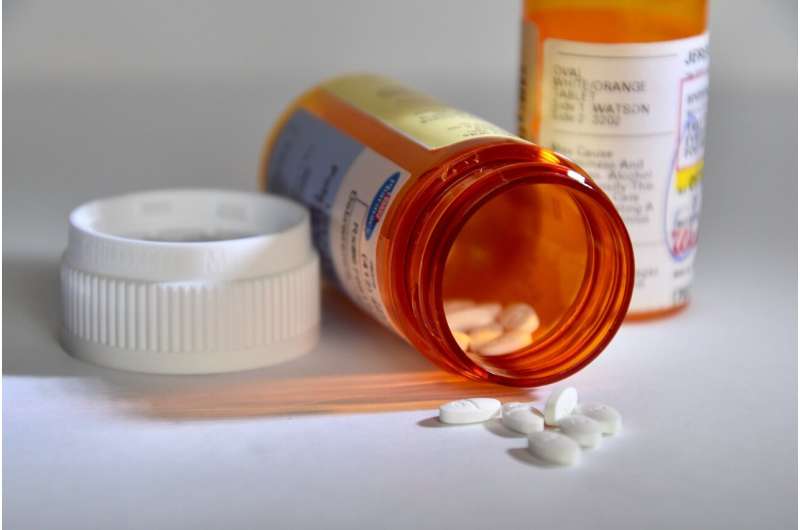Mail-order medications often exposed to unsafe temperatures, study shows

Mail-order prescriptions shipped in standard bubble-padded envelopes during winter and summer months are likely to spend a substantial portion of time outside the recommended safe temperature range for most medications, according to research presented at the American Society for Health-System Pharmacists (ASHP) Midyear Clinical Meeting and Exhibition.
"If a medication is stored improperly during the mailing process, and subsequently arrives to the patient altered, either chemically or physically, then patient safety could be at risk," said Karlee Paloukos, a pharmacy student at University of Utah and researcher on the study. "Patients should be warned of these risks and have the option to fill their prescriptions at a local pharmacy, where temperature storage logs are meticulously tracked to ensure the integrity of the dispensed medications, at the exact same cost."
Most medications should be stored at room temperature, between 68 and 77 degrees Fahrenheit. When exposed to temperatures outside this range they can be altered and lose effectiveness.
"Increased regulation of mail-order pharmacies to ensure appropriate storage conditions are maintained throughout transit is paramount," Paloukos said.
To test whether mailed prescriptions fall outside recommended ranges in transit, Paloukos shipped a total of 48 non-refrigerated packages containing a temperature data logger to six locations through the U.S. Postal Service. Packages were shipped four times to each location in winter and four more times to each location in summer. Seven out of eight shipments were included in the analysis; data from one summer mailing was excluded because it was lost due to COVID-19-related delays.
Every shipment was exposed to temperatures outside the recommended range at some point during transit, with the percentage of time spent out of those temperatures ranging from 68% to 87% in the winter and 27% to 54% in summer.
"This study highlights an important consideration as mail-order pharmacy continues to evolve to meet the growing prescriptions needs of Americans," said Mary Ann Kliethermes, Pharm.D., ASHP director of medication safety and quality, who was not involved in the study. "We must ensure appropriate storage and transit conditions are maintained, especially for medications that are most impacted by temperature changes. The round of lost packages raises another concern about mail-order drugs, as medications should make their way to patients who need them."
Packages were mailed to Baltimore, Chicago, Tucson, Arizona; Palo Alto, California; Largo, Florida; and Katy, Texas; from December 2019 to February 2020 and again from June 2020 to August 2020.
More information: The research entitled Assessment of non-refrigerated shipping methods used by mail-order pharmacies and exposure of medications to unsafe temperatures will be presented at the ASHP 55th Midyear Clinical Meeting and Exhibition on Thursday, December 10, at 11 a.m. EDT.


















